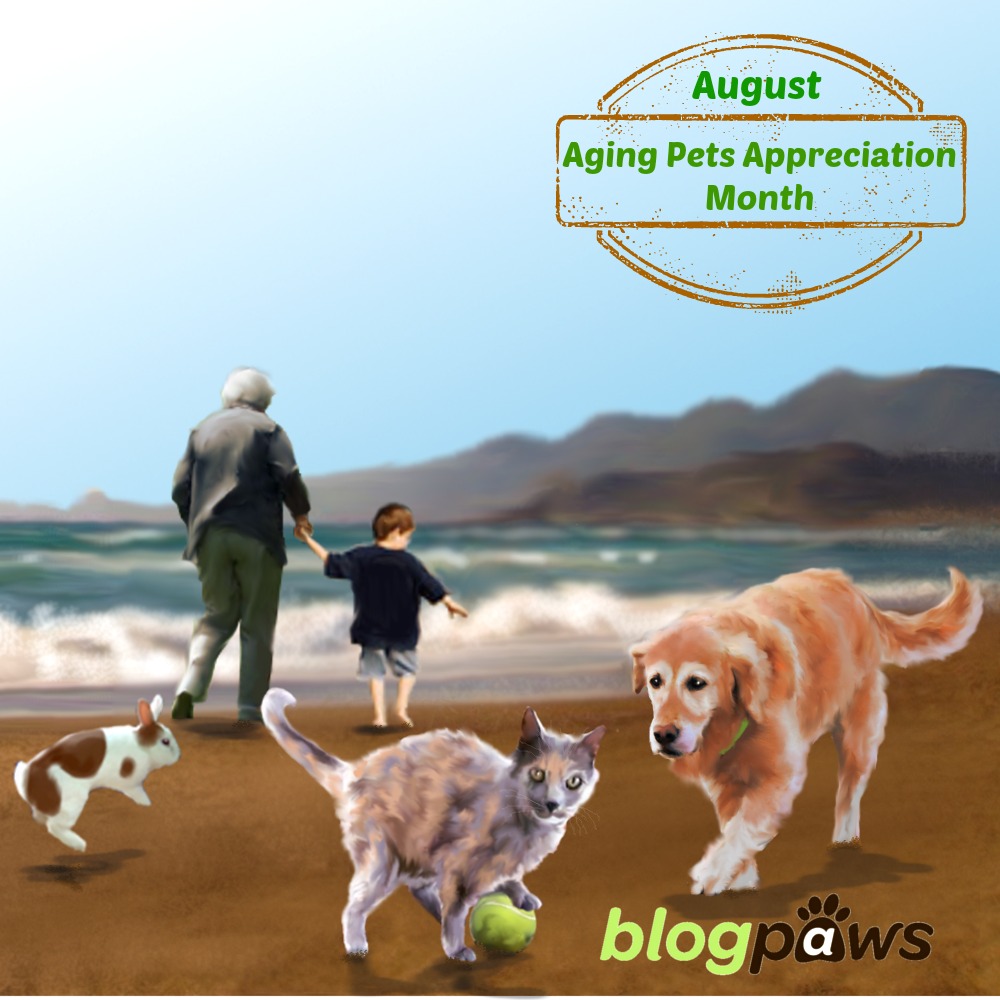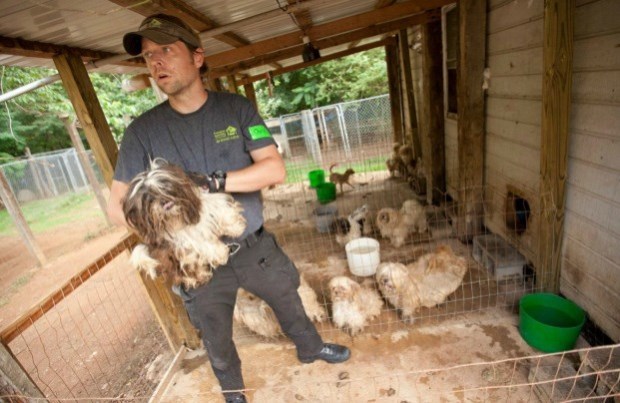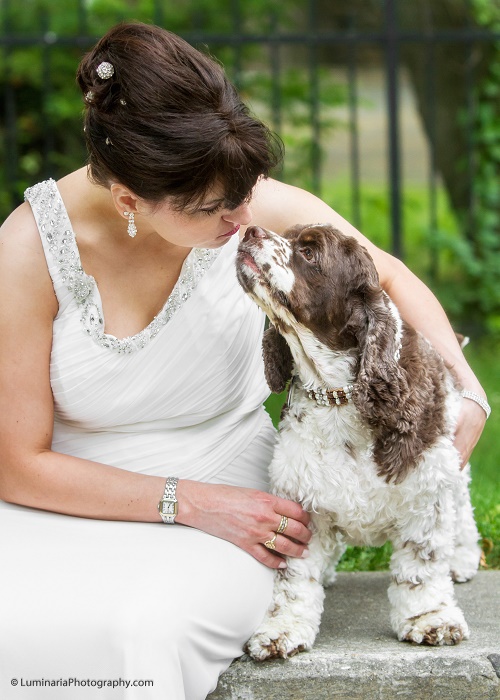Leadership For Social Change Includes Animal Rescue
Guest post by Robin Bisha, Ph.D.
Students in my leadership courses often arrive convinced they already know what it means to be a leader. Their version of the quintessential leader generally looks a lot like Special Agent Jethro Gibbs from NCIS, smarter and more commanding than everyone else. These students believe they are leaders, and they have trouble opening their minds to consider the possibility that leadership might consist of a set of skills anyone can learn.
Who better to help me open my students’ minds and hearts to leadership skills than rescue dogs?
Now that I ask students in my course, “Leadership for Social Change,” to spend the first six weeks of class training rescue dogs, they confront a leadership situation few have experienced before. They ask themselves: how can I influence this being who doesn’t understand English, and doesn’t even know his name, to do what I want him to?
They have no pre-set fallback answer to this question and are motivated to listen to our volunteer trainer, Hepzibah Hoffman-Rogers, who teaches positive reinforcement training, also known as clicker training. The students are also motivated to seek answers in Karen Pryor’s, Don’t Shoot the Dog (one of two textbooks for the course).
All the students are unsettled just enough from their beliefs about leaders to consider another way of looking at leadership. We surround them with resources to help them begin to understand the power of positive reinforcement. The students learn the habits of desired behavior – click – treat in training class with the dogs. They begin to apply the concept to influencing other humans through reading Pryor’s book, which looks at major concepts in learning theory as applied to a wide variety of mammals, including human beings. They even begin to “click” me and each other for desired behaviors.
Through the course in positive reinforcement training, the students learn about their strengths and weaknesses; generally patience falls in one of the categories. They begin to experiment with reinforcing behavior they like in their residence halls, student organizations and group projects.
Through regular interaction with rescue dogs, they also open their hearts to engagement in the community. They are generally more relaxed and willing to open up in class than my other groups. They celebrate their contribution to turning out-of-control or frightened dogs into highly adoptable, proud dogs.
They call the course, “Puppy Class,” and teach positive training to their families and dogs at home. All of the spaces in the class fill up on the first day of registration. Some students master skills of leadership and move on to causes that are of more central importance to them, but a lot of them continue rescuing dogs.
Author bio: Robin Bisha is a Professor of communication studies at Texas Lutheran University, is the Founder of Buddies! magazine and is the typist for CheshireLovesKarma.com.
Pictured are: Hepzibah Hoffman-Rogers teaching one of the students at Asylum Rescue. Asylum Rescue is in Seguin, Texas. It's located at a bed and breakfast! Also pictured: Robin with a friend's dog, Phillippe)





